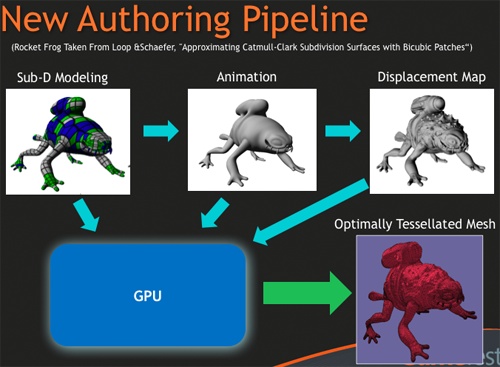We seem to have gone from accepting that Microsoft and Sony will not leap forward in tech terms that much (due to pricepoint) and have gone back to insane tech specs.
GTX295 is the first card to reach 1080p60 on Crysis (on DX9 any way) at maximum settings and surely that is hugely over-engineered compared to what we can expect from the GPUs in the next gen?
I"ve said it before but the geforce gtx 280 was 65nm at 1.4b tranistors. If we are looking at a 2011 luanch for a xbox or ps4 then we will hae at least 40nm (as gpus are going to start apearing this year on that ) or possibly 32nms.
http://www.anandtech.com/GalleryImage.aspx?id=5499
Also as you can see in dx10 mode at 1920x1200 the 4870 1 gig is only 13.8 frames behind the gtx 295 and its 500m or so transistors smaller.
http://www.anandtech.com/GalleryImage.aspx?id=5503
left 4 dead at 1920x1200 with a 4870 gives you 77fps with 4x fsaa . Cod:WW gives you 50fps at that res and aa settings.
With the exception of crysis i doubt any of these engines were designed with the pc's strengths in mind as they are console ports .
Give us another 2 years or so of inovation and dx 11 which should hopefully improve performance and ease of coding for many of the dx 10 features and of course newer micron processes and I don't think we are looking at insane specs .
I think later this fall when we see the first dx 11 cards come out we will get a real feel for what next gen games will be capable of. I think we can all agree that for the gpu sony and ms will likely go with nvidia and ati and will go for a dx 11 gpu esp with a 2011 time frame.


